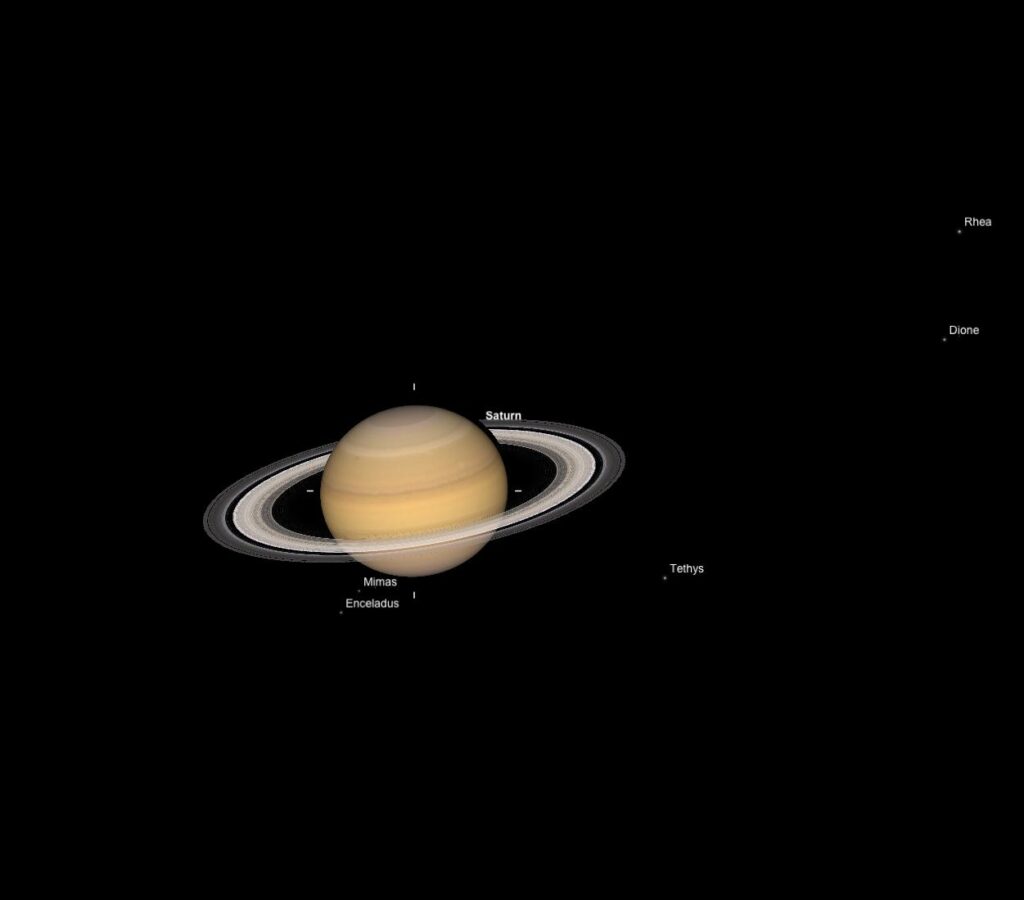
Well we are back from our weeks holiday in Wales. Apart from the first night we were there, which was clear, but we were too pooped to stay up and observe, the clear night skies did not make an appearance. A pity as I was hoping to play with my new Sabre Alt/Az mount that I had just bought for things like holidays away from the Observatory.
However, the Sun God did his thing on the day after we got back. Conditions were poor, seeing was OK, but the transparency was awful. It wouldn’t have made much difference how bad things were as I wanted to try out my new Delos 10mm and 14mm eyepieces and all I can say is WOW!
Session Data
- Date: 25/05/2013
- Time: 21:52 – 23:15 UT
- Temp: 5.5c,
- Air Pressure: 1011Mb,
- Humidity: 83%,
- Dew point: 2.6c,
- Wind Speed: 2.4 MPH .
- Seeing: II Mostly Stable,
- Transparency: Poor. T
The Moon was up and 99% illuminated, so conditions were never going to be great for Deep Sky this evening.
M40
As M40 wasn’t ticked off in Skytools, it got another visit this evening. For one moment I thought ‘ Surely there can’t be two Messier objects that contain just two stars!
North is at the 10 O’Clock and with Altair Astro 250mm, Plossl 40mm, 51 X, 50.8′ the brightest star in the FOV being ID/s: ASCC191764, HIP60212, HD107465, 70 UMa
From there, two 10.7 mag stars lead you up to the two target stars in the centre of the FOV. What isn’t clear in Skytools, is that both the target stars that make up M40 are in fact both doubles. This wasn’t obvious when we cranked up the power with Altair Astro 250mm, Delos 10mm., 203 X, 21.3′.
Overall, equally uninteresting the second time around, but unlike the observation on 20/4/13 we both noticed that the fainter of the two stars did seem smaller/fainter and disappeared momentarily when you stared directly at it. Indicative of how awful the transparency was.
M52
Conditions must have been really bad as the view of this cluster was nowhere near as complex as the star chart would suggest.
With North at the 8 O’clock position I counted no more than about a dozen bright stars in total when viewing through Altair Astro 250mm, Plossl 40mm, 51 X, 50.8′, Increasing the power with Altair Astro 250mm, Delos 14mm, 145 X, 29.8′, really didn’t make any difference and at the start of the observation it was difficult to match the eyepiece orientation with that of the star chart.
On reading James O’Meara’s description of M40, his version bore no resemblance to mine at all. Scorpions were noticeable by their absence – Pretty horrible all round 🙁
While were were in the vicinity we did mosey on over the the Bubble Nebula. NGC7635
NGC7635
Like M52 to the NE, all I could make out here were a random smattering of 10.0th mag stars. Even pushing the view with Altair Astro 250mm, Delos 10mm., 203 X, 21.3′ no nebulosity could be seen. Very poor view.
Saturn
Wow. Despite the full Moon next door, the view was amazing with Altair Astro 250mm, Delos 10mm., 203 X, 21.3′
With North at the 4 O’Clock and starting at 6 O’Clock the Moons Rhea, Dione and Tethys were seen. Tethys came and went with direct vision but was always visible with averted vision. Enceladus, should have been visible at 12.3 mag, but wasn’t.
Despite poor transparency. The planet took the 10mm without problems. North Equatorial belt and North Polar Region were easily seen. The shadow of the ‘C’ ring on the planets surface was also visible. With conditions deteriorating quickly, the session ended before I was able to make any further progress.
All in all, a poor session, but good enough to try out those new Delos eyepieces…and what a view! The huge field of view these eyepieces give, remind me on the first time I fitted a 2″ Moonfish 20mm Super Wide Angle eyepiece to my TMB. I think this had a 82 degree FOV. Being used to plain 50 degree Plossls, the view was akin to what you might see if you cut the hole in the bottom of a dustbin, stuck your head through the hole and pointed the open end of the bin skywards. The glass diameter at the eye end is is huge and reasonably tolerant of how far off axis you are able to place your pupil and when the adjustable eye guard has been set properly, you just press you eye up to it….WOW, Dustbin Astronomy 🙂 Really looking forward to pushing these eyepieces in better conditions.